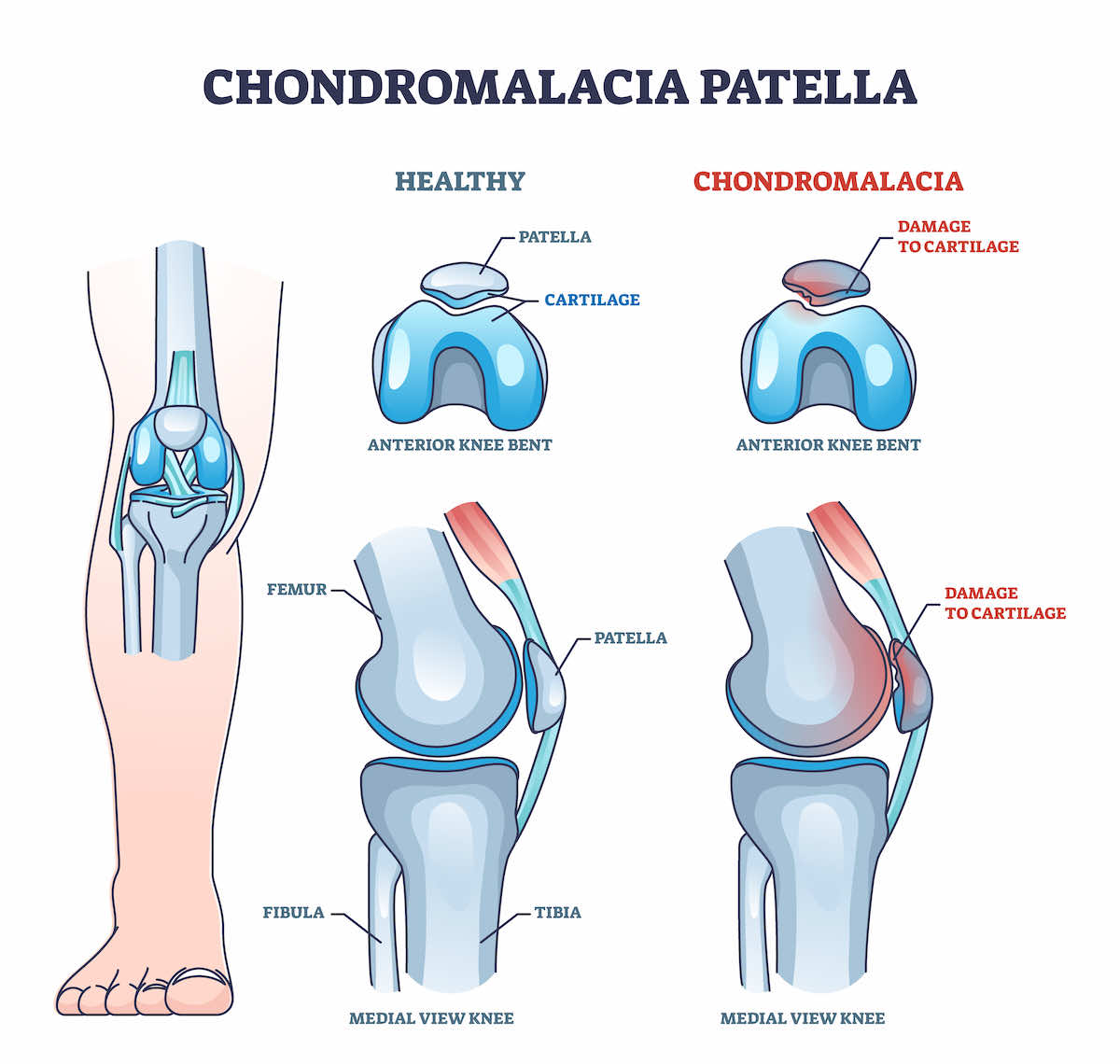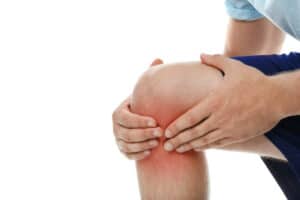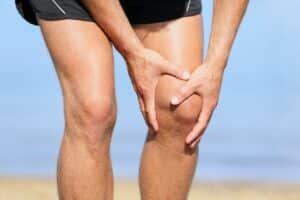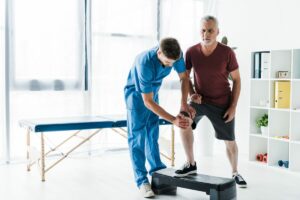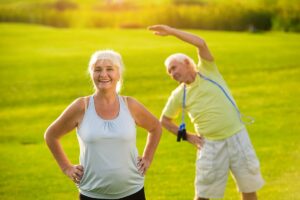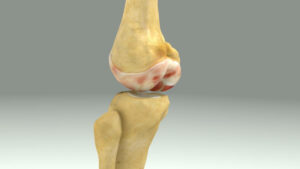Free download: Top 10 Natural & Easy Remedies for Joint Pain from Home. Learn these helpful remedies.
Estimated Reading Time: 6 minutes read
Every step taken, every stair climbed, and every jump landed, your knees are there, taking the brunt of the action. One condition that can disrupt this smooth operation is Patella Chondromalacia, also known as “runner’s knee.” This knee condition arises when the cartilage under the kneecap wears down, causing pain and sometimes a grinding or clicking sensation during knee movement.
Patella Chondromalacia is often caused by repetitive knee joint stress or a direct blow to the knee. It can make daily activities like running, jumping, or even walking challenging. However, understanding the condition is the first step in managing it.
Certain exercises have been shown to effectively manage the condition by strengthening the knee and improving its functionality. These can help alleviate the pain and enhance the overall condition of the knee. Let’s delve deeper and find out how these exercises can be a game-changer for someone suffering from Patella Chondromalacia.
Table of Contents
Do Exercises Help Chondromalacia Patella?
Yes, they certainly do! The right exercises can offer many benefits to those with Patella Chondromalacia. They work by strengthening the muscles around your knee, which can help to relieve pain and enhance stability. Furthermore, by strengthening your knee, you can help reduce the load on your kneecap and slow down the wear and tear process.
By incorporating regular exercise into your routine, you’re not just improving the condition of your knee in the short term. You’re also working to prevent further damage in the future. Now, let’s get down to business and look at some exercises specifically designed for this condition.
Your Patella Chondromalacia Exercise Routine
1. Quad Sets
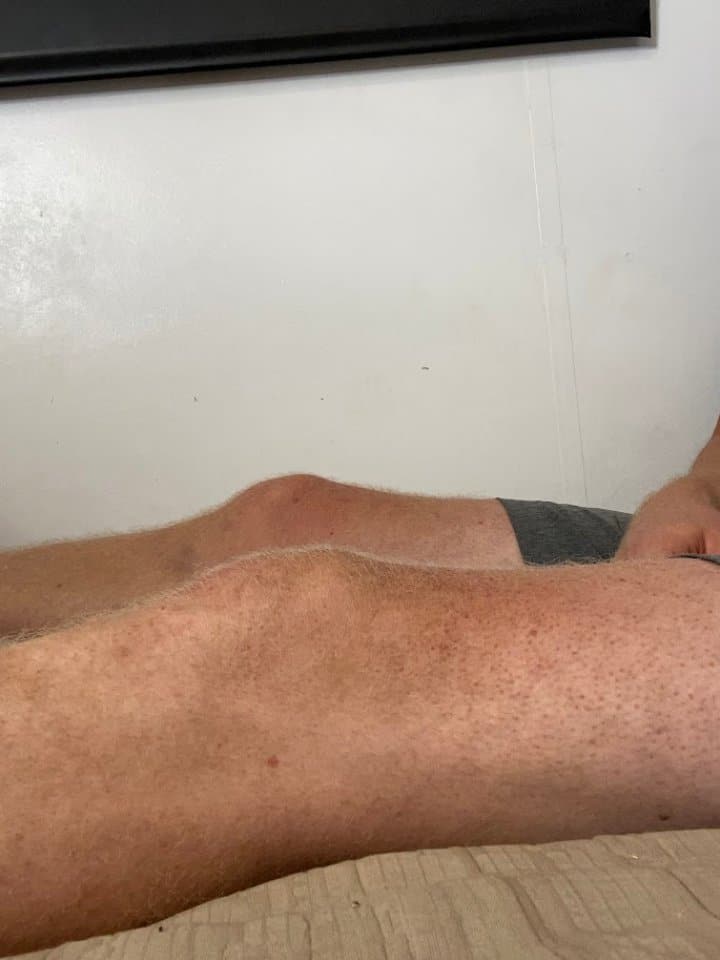
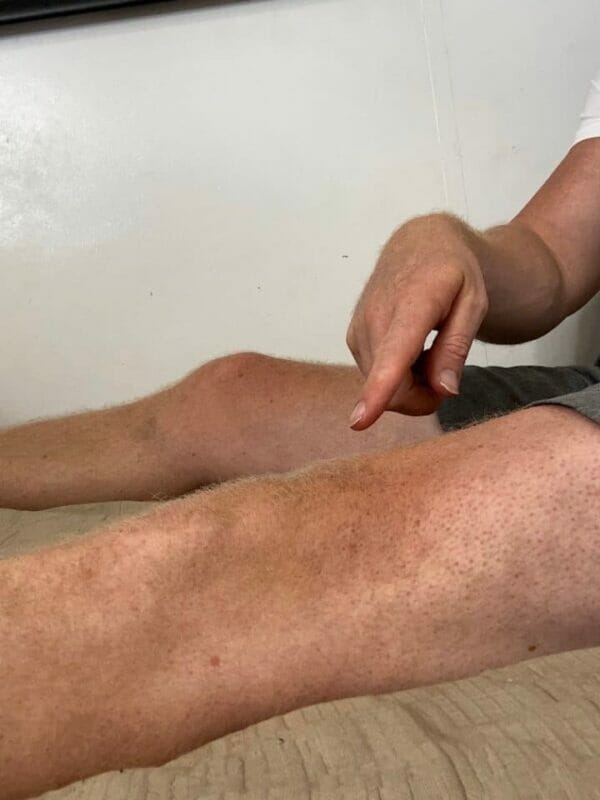
- Starting position: Seated with the injured leg stretched in front of you (can be on the floor, couch, or bed).
- Squeeze the quadriceps (the muscles on the top of the thigh) and try to press the back of the injured knee down toward the surface.
- Hold for 5 seconds, then relax.
- Repeat 10 repetitions for 3 sets.
2. Heel Slides with Rope
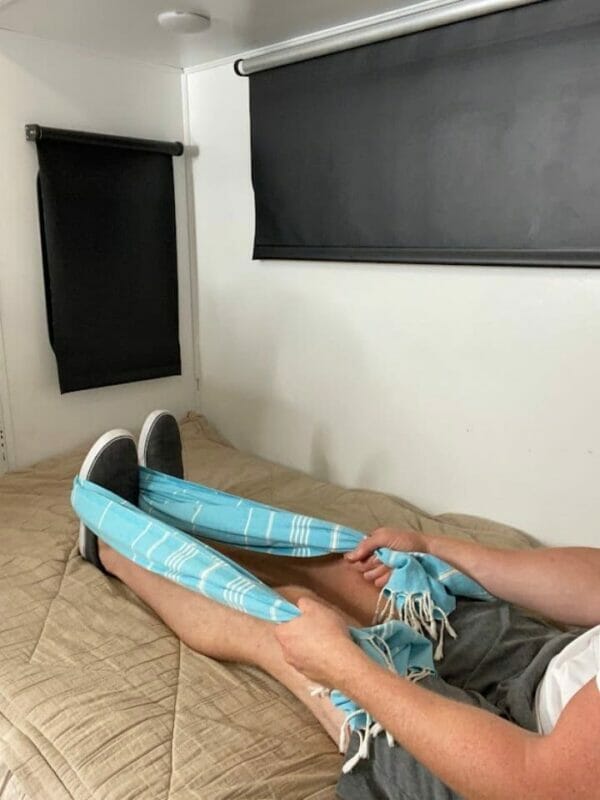
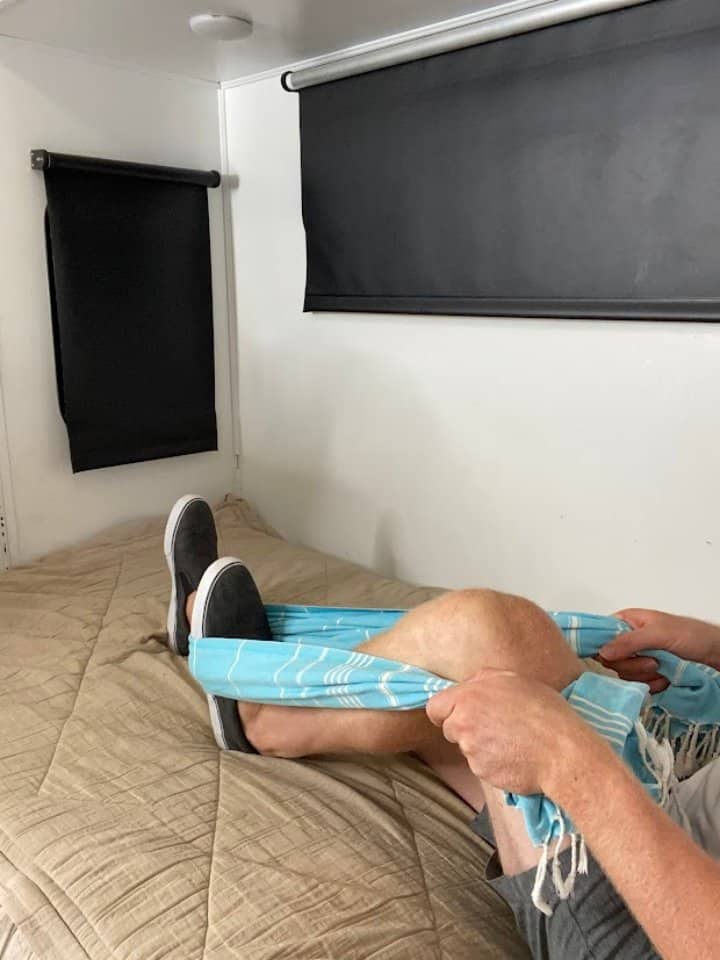
- Starting position: Sitting or laying down with the injured leg in front of you (can be on the floor, couch, or bed).
- Wrap a non-elastic strap around the foot.
- Pull on the strap with the arms to slide the heel towards the bottom while simultaneously bending the knee.
- Hold for 5 seconds, then return to your starting position.
- Repeat 10 repetitions for 3 sets.
3. Full Leg Lifts
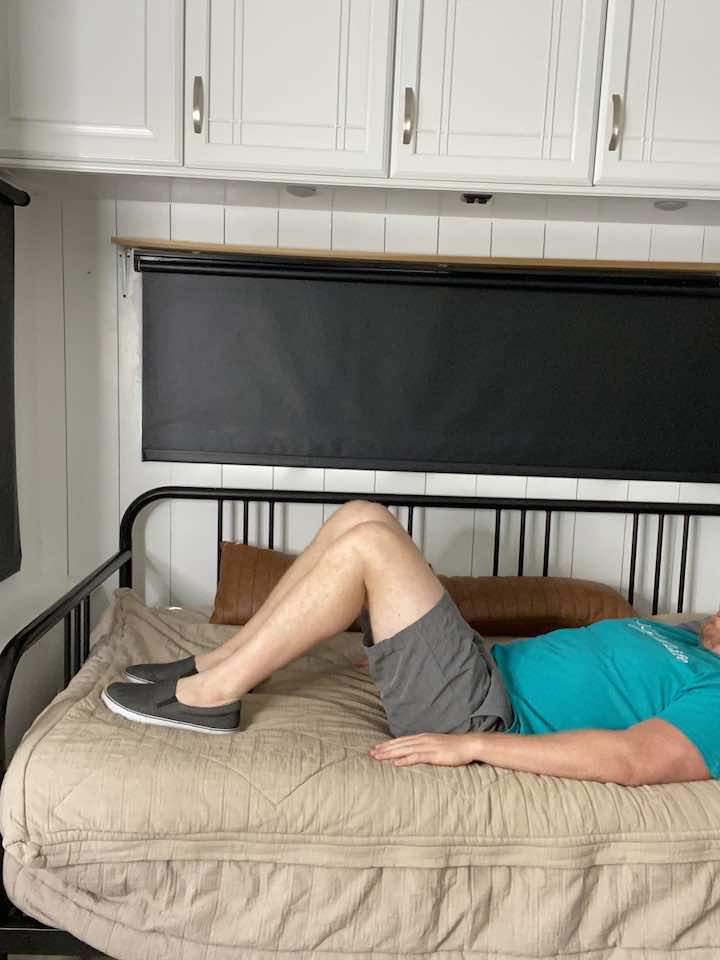
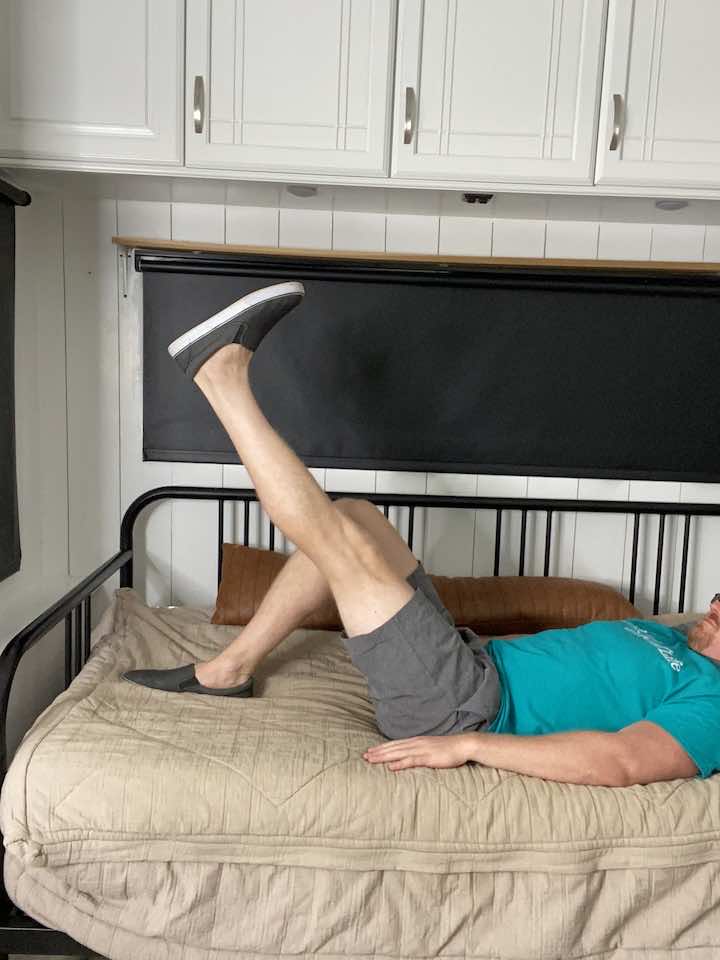
- Lie on your back with one leg bent and the other leg straight and together.
- Lift your straight leg up towards the ceiling, raising your buttocks off the floor.
- Slowly lower your leg back down, stopping just above the floor. Hold for 5 seconds briefly.
- Repeat the movement for 10 repetitions and 3 sets.
4. Standing Hip Extension (only lifting the injured leg)
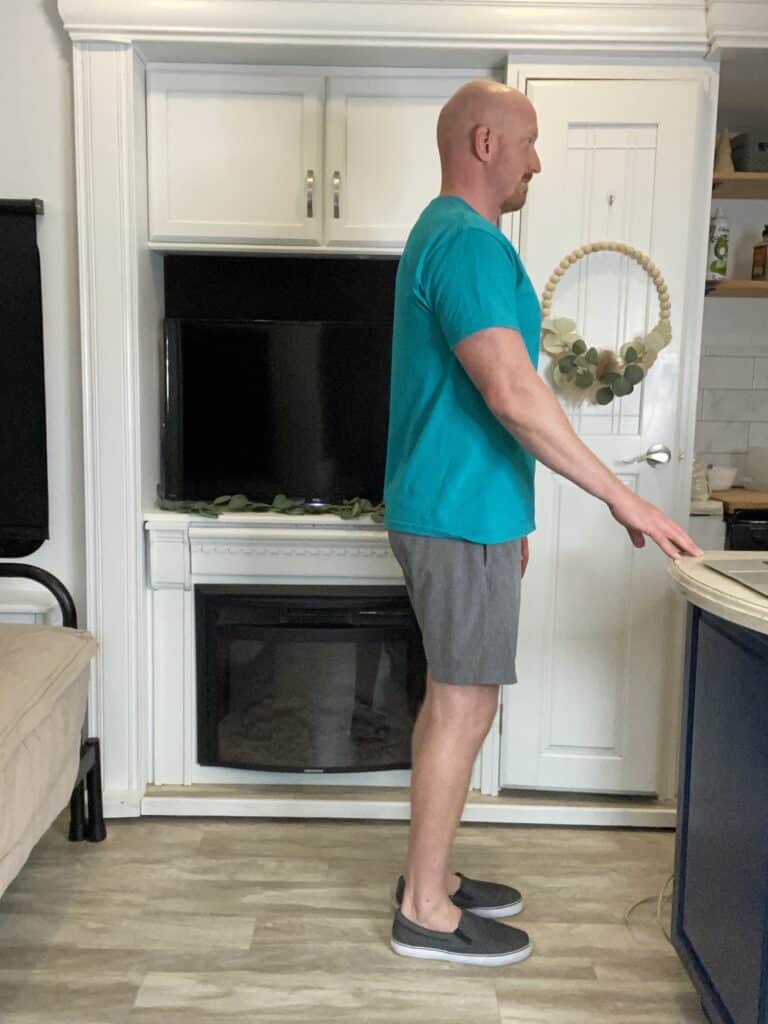
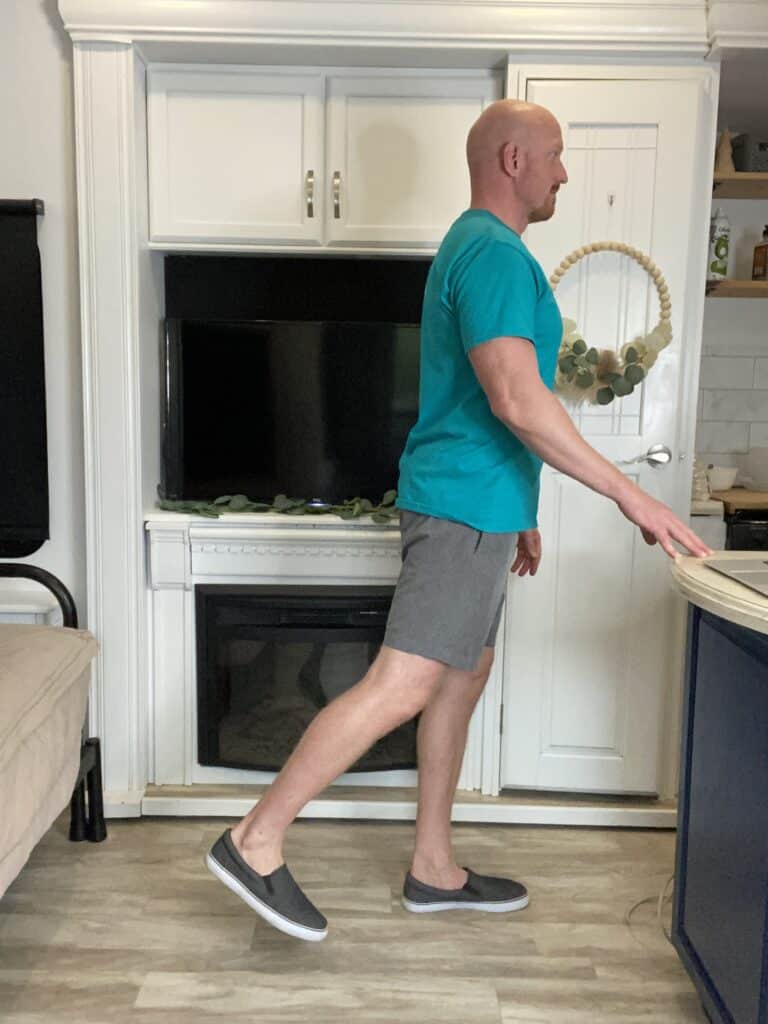
- Stand tall with your hands placed on a steady surface, such as a counter, sink, or chair (without wheels), to hold onto for balance.
- Shift your weight onto your left leg, keeping a slight bend in your left knee to avoid locking it out.
- Keeping your toes pointed forward and your right leg straight, lift your right leg back a few inches.
- Lower your leg back down to the starting position.
- Repeat this movement for 10 repetitions only on the injured leg.
- Do a total of 3 sets of this exercise.
5. Standing Hip Lifts (only lifting the injured leg)


- Stand tall with one hand placed on a bed or chair for support.
- Balance on your left leg, keeping a slight bend in your knee to avoid locking it out.
- Lead with your heel and lift your right leg out to the side, keeping your foot flexed.
- Be sure not to lean to the left while lifting your leg.
- Lower your leg back down to the starting position.
- Repeat this movement for 10 repetitions only on the injured leg.
- Do a total of 3 sets of this exercise.
- If pain increases, wait for two weeks and try again.
What Activities to Avoid with Chondromalacia Patella?
While physical exercise plays a key role in managing and improving the condition, it’s important to remember that not all activities are beneficial. Some can actually exacerbate your symptoms and should be avoided where possible. This typically includes high-impact sports or activities that strain your knees excessively.
Activities such as running, jumping, or even squatting can all put a lot of pressure on the kneecap. This is something you want to avoid if you’re dealing with Patella Chondromalacia. Additionally, activities that require you to kneel for extended periods of time can also cause discomfort and should be minimized.
Remember, the goal is to improve your condition, not make it worse. By being mindful of these potential pitfalls, you can better manage your symptoms and work towards improving your knee health.
Living with Chondromalacia Patella
Living with Patella Chondromalacia might seem overwhelming initially, but rest assured, it is manageable. Regular exercise is an integral part of this, but it’s not the only aspect. There are other lifestyle changes that can make a significant difference.
A balanced diet, for example, can help you maintain a healthy weight, which can reduce the strain on your knees. Also, wearing supportive footwear can reduce impact and provide more stability for your knees. It’s these small changes that, when combined, can lead to substantial improvements in your condition.
Conclusion
Alright, it’s time to wrap up this guide but remember, your journey is just beginning. Living with chondromalacia patella means finding the right balance – incorporating the right exercises, taking smart precautions, and listening to your body. Implementing the five suggested exercises into your daily routine, staying aware of your movements, and remaining consistent can make a big difference.
Living with chondromalacia patella can make even simple daily tasks challenging, but remember, you’re not alone and you’re definitely not helpless. With the right tools and information, you have the power to improve your knee health and minimize the impact of this condition on your daily life. So, keep your spirits up, stay patient, and stay committed. Over time, you’ll find that living with chondromalacia patella becomes a whole lot easier. It’s time to give your knees the care they deserve!


